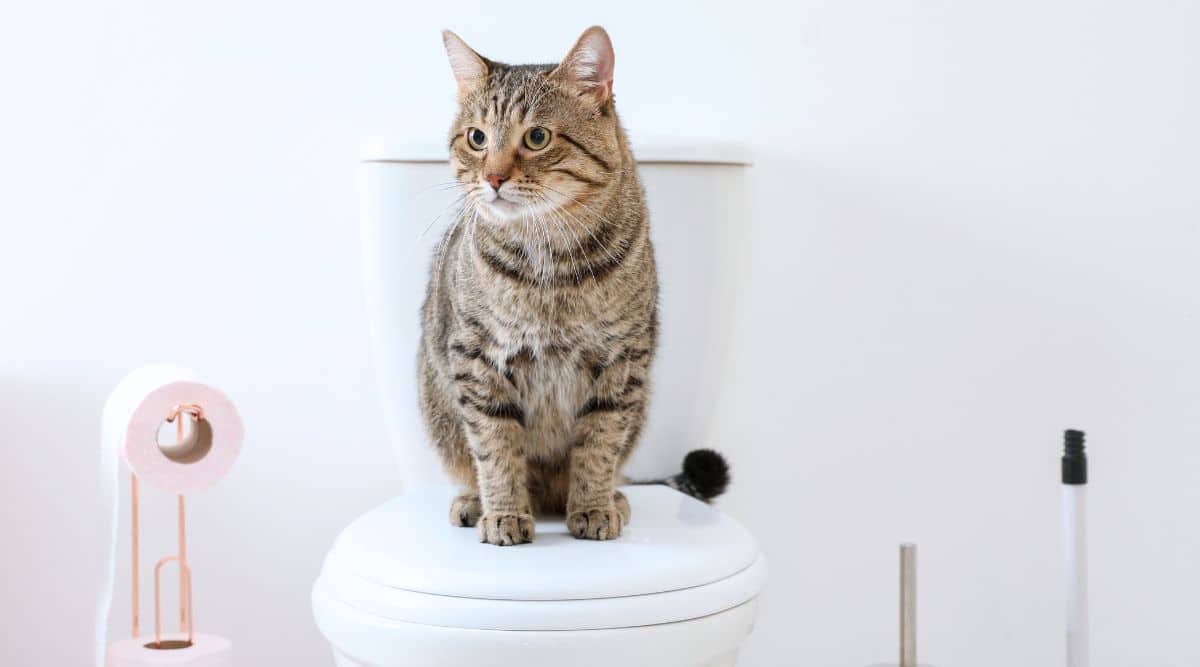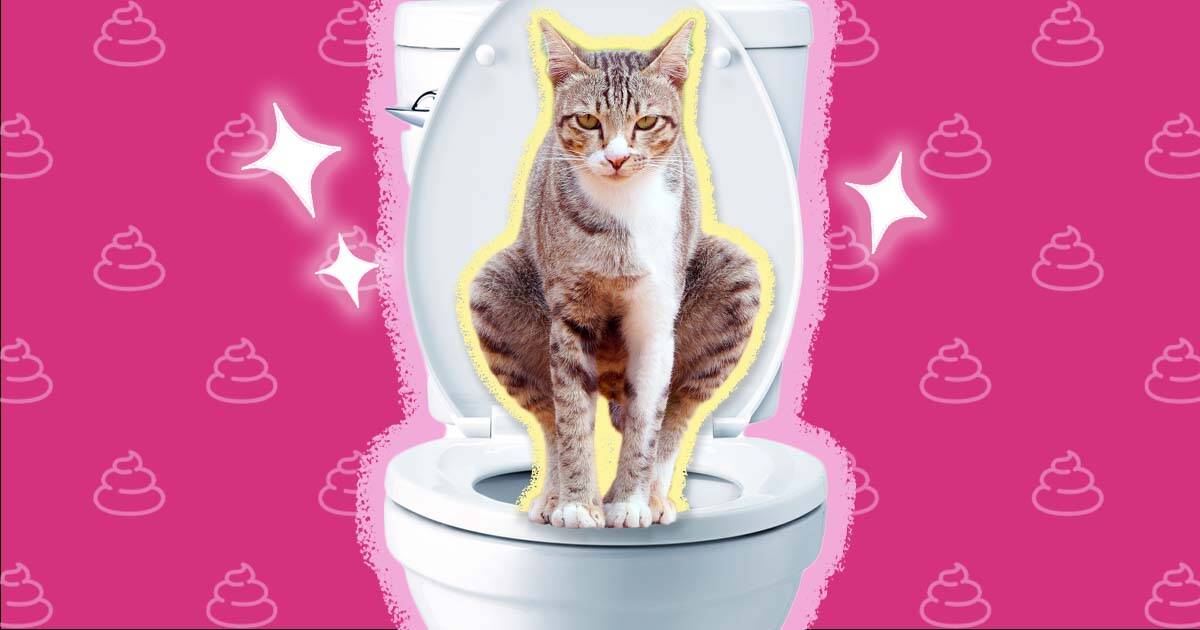Which Flushing Animal Waste Is Not Advisable
Which Flushing Animal Waste Is Not Advisable
Blog Article
This post below in relation to Can You Flush Dog and Cat Poo Down the Toilet? is truly enlightening. You should give it a look.

When it comes to throwing away waste, especially animal waste, many people commonly resort to the hassle-free option of flushing it down the toilet. Nonetheless, this seemingly very easy solution can have major repercussions for the setting and public health. In this write-up, we'll discover why flushing pet waste down the toilet is a negative concept and give different methods for correct disposal.
Introduction
Correct waste disposal is important for maintaining ecological sustainability and public health. While it may appear harmless to flush animal waste down the toilet, it can cause various concerns, both for the environment and human health.
Risks of flushing animal waste
Environmental effect
Purging pet waste presents dangerous germs and virus into waterways, which can adversely affect water communities. These microorganisms can pollute water sources and injury aquatic life, disrupting delicate communities.
Public health concerns
Animal waste consists of unsafe germs such as E. coli and Salmonella, which can position significant wellness dangers to human beings. Flushing animal waste down the toilet can infect water products, causing the spread of diseases and infections.
Alternatives to flushing
As opposed to flushing pet waste down the bathroom, there are a number of different disposal techniques that are more environmentally friendly and hygienic.
Composting
Composting animal waste is an environmentally friendly means to dispose of it. By composting, organic matter is broken down right into nutrient-rich dirt, which can be used to feed yards and plants.
Garbage dump disposal
Getting rid of pet waste in a landfill is another choice. While not as environmentally friendly as composting, it is a safer option to flushing, as it avoids the contamination of water resources.
Pet dog waste disposal systems
There are customized pet dog garbage disposal systems available that securely and hygienically take care of animal waste. These systems typically utilize enzymes to break down waste and remove odors.
Steps to correct animal garbage disposal
To make sure proper disposal of animal waste, adhere to these steps:
Scooping and nabbing waste
Consistently scoop and bag pet waste making use of naturally degradable bags. This avoids waste from infecting the atmosphere.
Making use of designated waste containers
Dispose of bagged pet waste in designated waste containers, such as compost containers or garbage dump containers. Prevent flushing it down the toilet in all prices.
Cleansing can and pet dog areas consistently
Consistently clean litter boxes and animal areas to avoid the buildup of waste and germs. Use pet-safe cleaning products to preserve health.
Benefits of appropriate disposal methods
Taking on appropriate disposal approaches for pet waste provides several benefits:
Lowered environmental pollution
Appropriate disposal techniques minimize the danger of environmental pollution, protecting rivers and ecosystems from contamination
Decreased risk of water contamination.
By preventing flushing pet waste down the bathroom, the threat of water contamination is dramatically lowered, protecting public health.
Improved hygiene and hygiene
Proper disposal approaches promote far better sanitation and health, creating a safer atmosphere for both human beings and pets.
Verdict
Finally, purging animal waste down the toilet is dangerous to the setting and public health. By taking on alternate disposal techniques and complying with appropriate waste management techniques, we can decrease the negative effect get more info of animal waste and contribute to a cleaner, healthier world.
What To Do With Dog Poo – The Do's And Don'ts Of Disposing Of Faeces
Dog poo bins
Some councils provide dedicated dog waste bins in popular dog-walking areas that can take dog poo that has been bagged but you can legally dispose of dog waste in any public litter bin, as long as it is securely bagged. This also applies to your wheelie bin at home.
Do not flush
Water companies do not recommend flushing dog faeces down the toilet because certain parasites can survive the water processing treatment and are potentially harmful to humans. You should also never consider flushing dog poo that has been bagged down the toilet as the bags will not break down and instead create severe blockages in the sewage system.
In the woods
The Forestry Commission promotes a ‘stick and flick’ method for dealing with waste in the woods. This means finding a stick and using it to flick any poo from off the path so that it is out of the way of other walkers. You could also bury it as long as it is not in an area where there might be livestock.
Livestock
Parasites found in dog poo can be transmitted to livestock if they inadvertently eat infected faeces that has been left on grazing land. This could result in the death of sheep or abortion in cattle so you should always make sure you pick up your dog’s waste in fields where livestock could be present.

Consistently clean litter boxes and animal areas to avoid the buildup of waste and germs. Use pet-safe cleaning products to preserve health.
Benefits of appropriate disposal methods
Taking on appropriate disposal approaches for pet waste provides several benefits:
Lowered environmental pollution
Appropriate disposal techniques minimize the danger of environmental pollution, protecting rivers and ecosystems from contamination
Decreased risk of water contamination.
By preventing flushing pet waste down the bathroom, the threat of water contamination is dramatically lowered, protecting public health.
Improved hygiene and hygiene
Proper disposal approaches promote far better sanitation and health, creating a safer atmosphere for both human beings and pets.
Verdict
Finally, purging animal waste down the toilet is dangerous to the setting and public health. By taking on alternate disposal techniques and complying with appropriate waste management techniques, we can decrease the negative effect get more info of animal waste and contribute to a cleaner, healthier world.
What To Do With Dog Poo – The Do's And Don'ts Of Disposing Of Faeces
Dog poo bins
Some councils provide dedicated dog waste bins in popular dog-walking areas that can take dog poo that has been bagged but you can legally dispose of dog waste in any public litter bin, as long as it is securely bagged. This also applies to your wheelie bin at home.
Do not flush
Water companies do not recommend flushing dog faeces down the toilet because certain parasites can survive the water processing treatment and are potentially harmful to humans. You should also never consider flushing dog poo that has been bagged down the toilet as the bags will not break down and instead create severe blockages in the sewage system.
In the woods
The Forestry Commission promotes a ‘stick and flick’ method for dealing with waste in the woods. This means finding a stick and using it to flick any poo from off the path so that it is out of the way of other walkers. You could also bury it as long as it is not in an area where there might be livestock.
Livestock
Parasites found in dog poo can be transmitted to livestock if they inadvertently eat infected faeces that has been left on grazing land. This could result in the death of sheep or abortion in cattle so you should always make sure you pick up your dog’s waste in fields where livestock could be present.

As an enthusiastic person who reads about Don't Flush Your Pets Poo Down The Loo, Vet Warns, I assumed sharing that chunk was really useful. Sharing is caring. You never know, you may be doing someone a favor. We value your readership.
Click Here To Read More Report this page